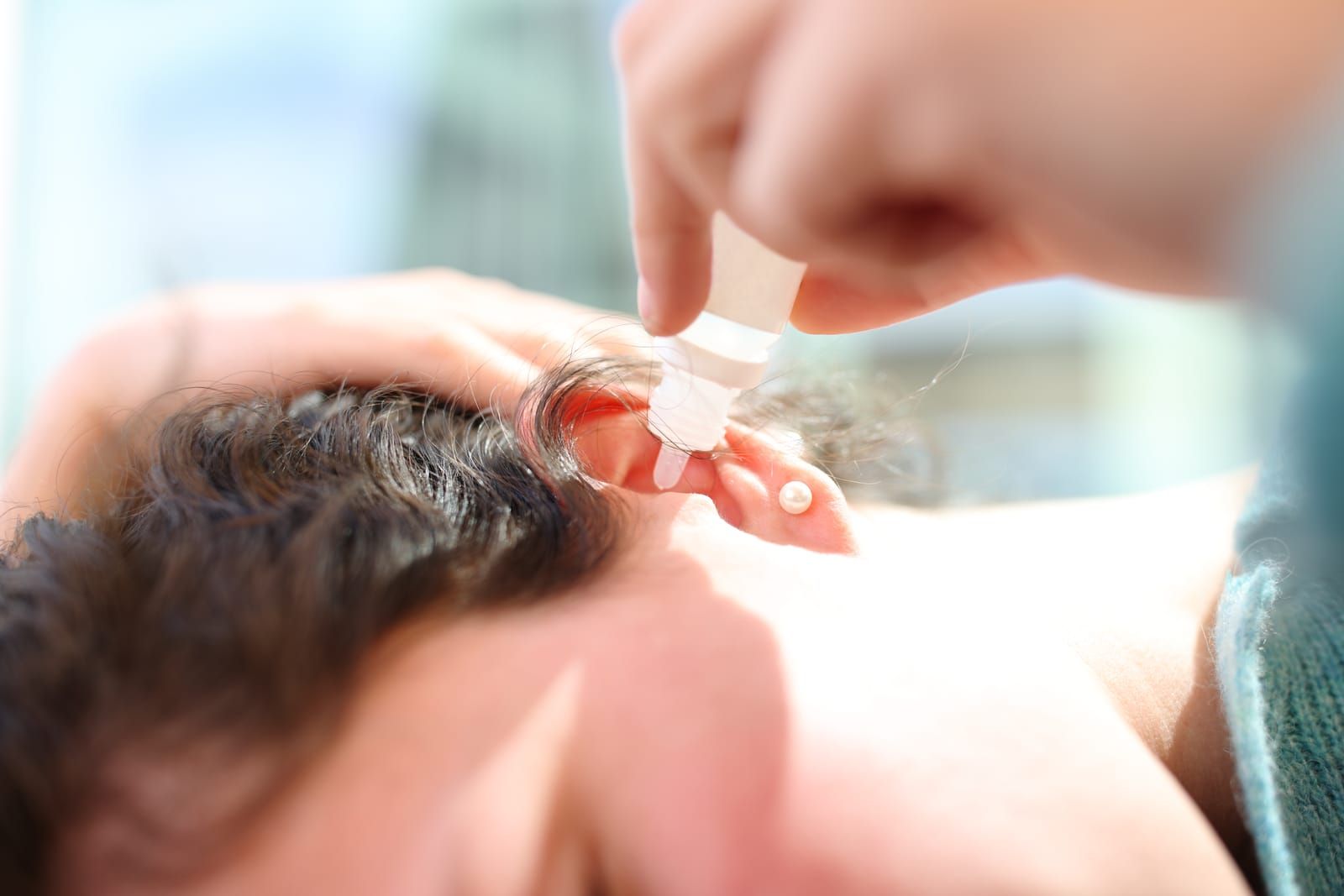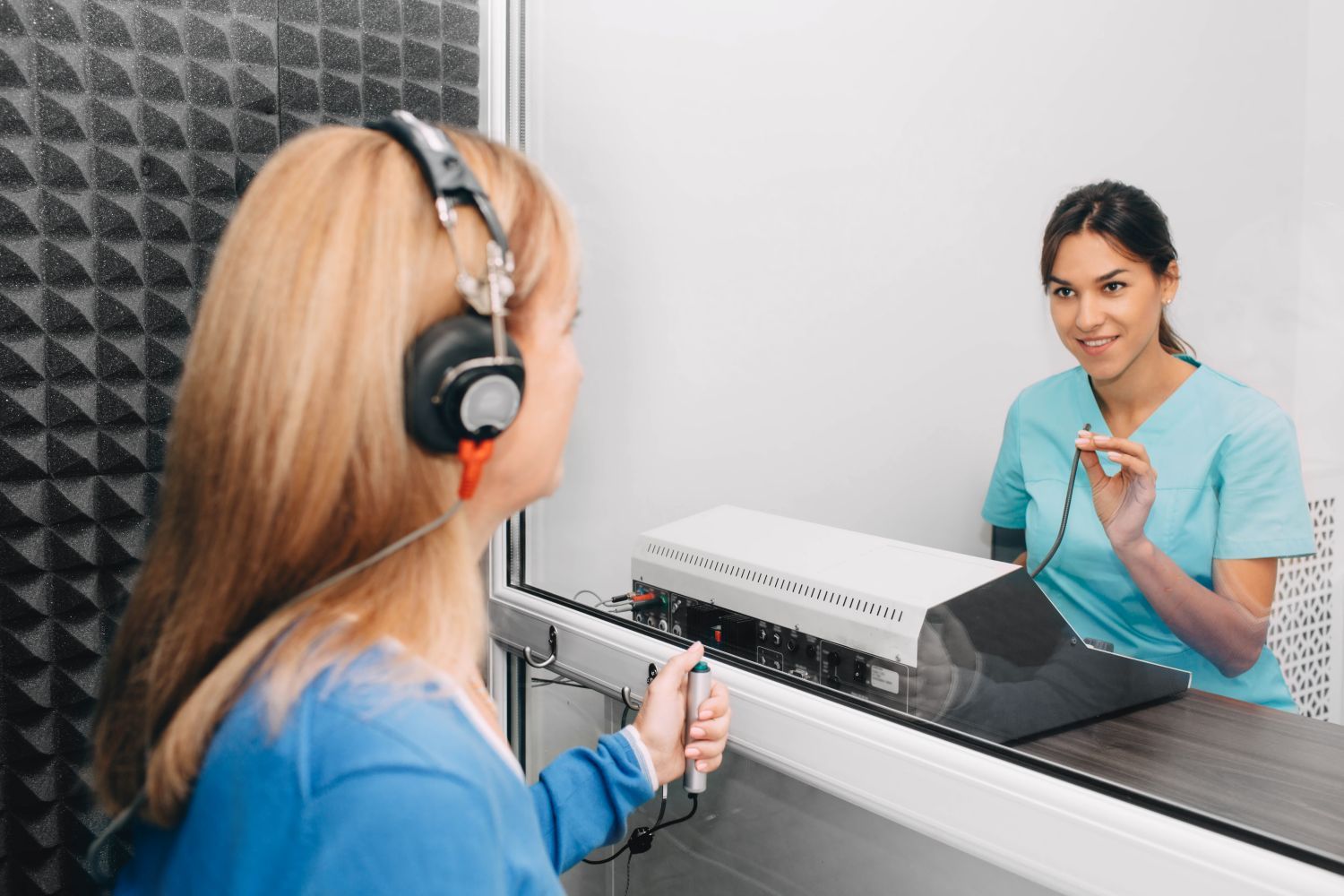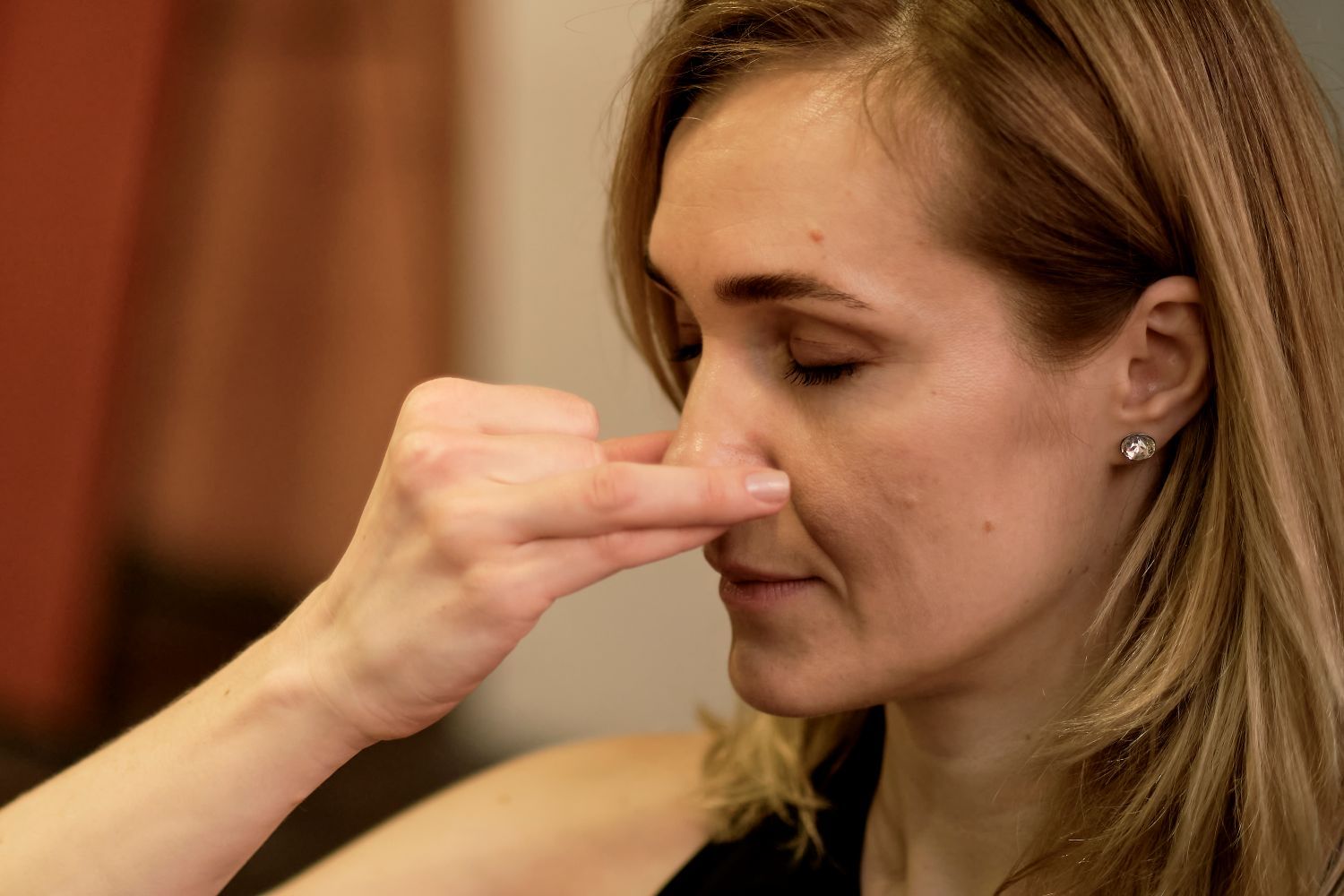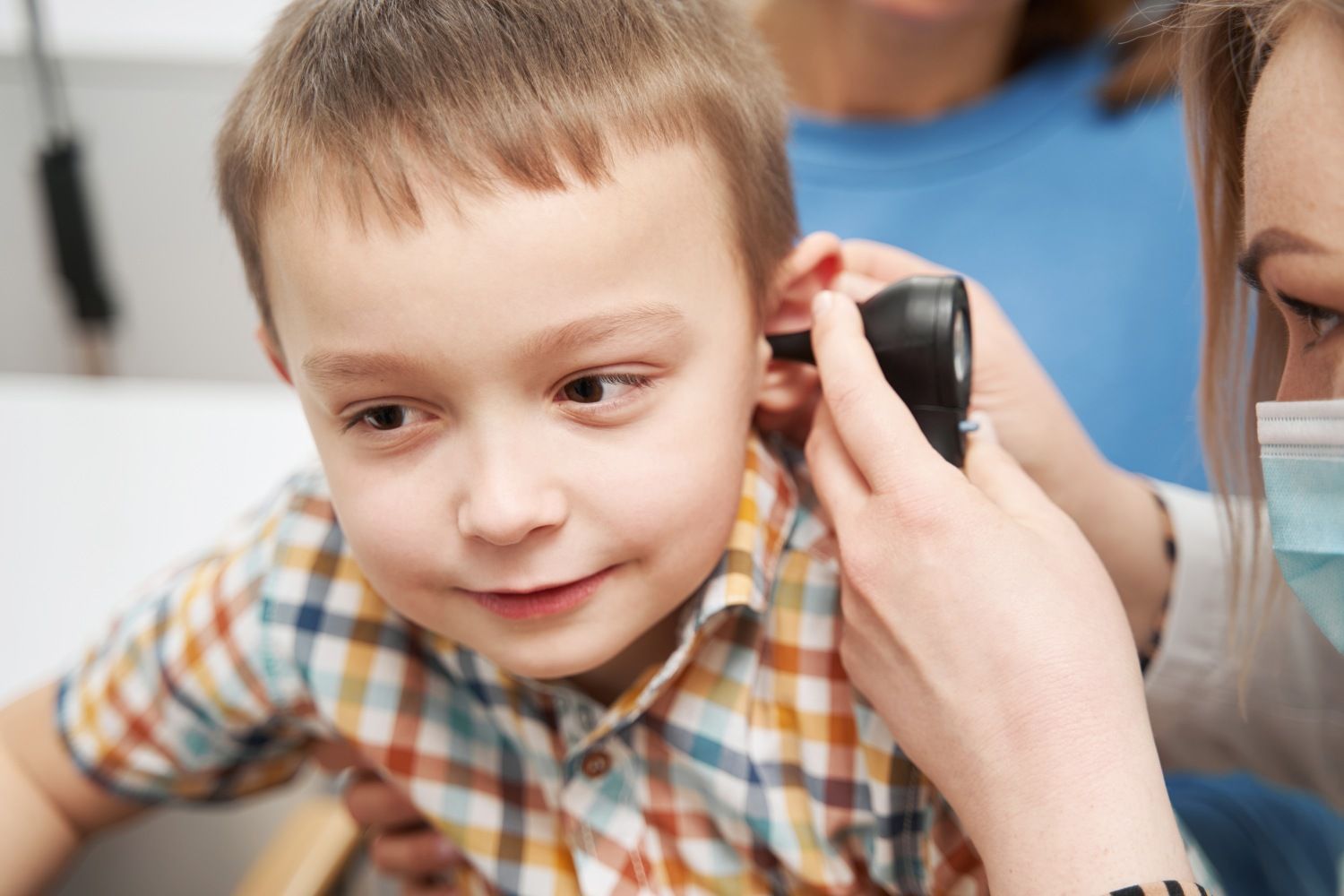Is My Baby's Earwax Normal? Warning Signs You Should Never Ignore
As a parent, you pay attention to every little detail about your baby, from the color of whatever is in their diapers to the sound of their cry. So when you spot earwax, whether it’s a pale yellow or a darker shade, it’s natural to wonder: Is this normal? Could it be a sign of an infection?
Rest assured, earwax is not only normal; it’s a sign of a healthy, functioning body. This guide will help you tell the difference between harmless, natural earwax and the red flags that mean it’s time to call your pediatrician.
What Does Normal Baby Earwax Look Like?
Normal baby earwax can vary widely in appearance — and most types are completely healthy.
- Color: Ranges from very pale yellow to honey-colored, orange, or light brown. The color often depends on how long the wax has been in the ear and its exposure to air.
- Texture: Usually soft and creamy, but some babies naturally produce dry, flaky wax — which is also normal.
- Amount: Varies from baby to baby. Some produce more wax than others. Both ends of the spectrum are generally fine.
Key Tip: Look for changes. A sudden shift in the color, texture, or amount of wax might point to an issue, especially when combined with other symptoms.
Why Earwax Is Actually Healthy
Earwax often gets a bad reputation, but it plays several important roles in your baby’s health. Think of it as a built-in protective system for the ears:
- Traps dirt and debris: Catches dust, dead skin cells, and small particles before they enter deeper into the ear canal
- Repels water: Keeps the ear canal dry, helping prevent irritation and infection
- Lubricates the ear canal: Prevents dryness, itching, and cracking
- Fights infection: Contains natural antibacterial and antifungal properties
Warning Signs You Should Never Ignore
While most baby earwax is harmless, certain symptoms could indicate a problem that needs medical attention. Call your pediatrician if you notice any of the following:
- Foul odor: A bad smell from the ear may signal an ear infection.
- Signs of pain or discomfort: Excessive ear tugging, rubbing, increased irritability, crying during feedings (due to pressure changes), or trouble sleeping
- Fever: Especially when combined with ear-related symptoms
- Unusual color or consistency: Very dark brown or black wax is not always concerning but should be monitored. Greenish or yellow, pus-like wax may indicate infection. Watery fluid could mean a ruptured eardrum.
- Ear drainage: Any discharge other than typical wax is a red flag.
- Redness or swelling: In or around the ear canal — signs of inflammation or infection
- Hearing changes: If your baby doesn’t react to loud noises, doesn’t respond to familiar voices, or isn’t vocalizing as expected for their age
- Visible blockage: A large, solid wax plug that appears to block the ear canal might be impacted and require professional removal.
What to Do (and NOT Do) If You’re Concerned
What TO Do:
- Gently wipe visible wax from the outer ear only using a soft, damp cloth.
- Use a humidifier in your baby’s room if the wax seems dry and hard — added moisture can help.
- Talk to your pediatrician about using baby oil, mineral oil, or approved eardrops to soften potential buildup.
What NOT to Do:
- Never insert cotton swabs, bobby pins, or other small objects into your baby’s ear canal — this can push wax deeper and risk injury.
- Avoid ear candling — it’s dangerous and ineffective.
When to Call the Pediatrician
Trust your instincts. You know your baby best. If you observe fever, pain, foul odor, drainage, or any of the red flags listed above, don’t wait — call your pediatrician.
They can:
- Diagnose an ear infection or impacted wax.
- Safely remove wax using tools like microsuction or irrigation.
- Prescribe medication, such as antibiotics, if needed.
You’ll get peace of mind and ensure your baby gets the right care.
Trusted Pediatric ENT Care in Connecticut
A little earwax is usually a sign that your baby’s natural defenses are doing their job. But if you’re feeling unsure or concerned, we’re always here to help.
If you're near North Haven, New Haven, or Branford, Connecticut, the caring team at ENT Medical and Surgical Group has the experience to help. Don’t stress about earwax—give us a call and let us get your little one comfortable again.
Call now to schedule an appointment with a trusted pediatric ENT specialist.













